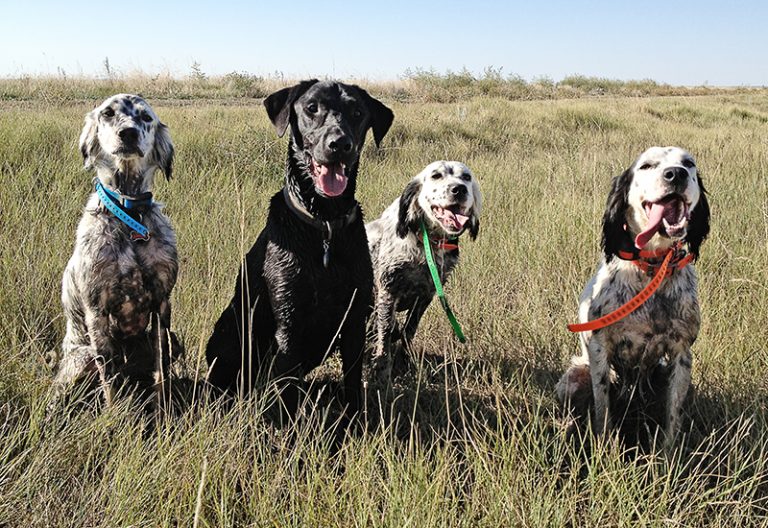Sage Grouse
Also Goes By: Sage Cock, Sage Hen, Sage Turkey

As the largest grouse in North America, the Sage grouse is also one of the most unique in appearance. These birds have a long tail that is pointed at the ends. The males have a yellow patch on the head that is complimented by two yellow sacs on the neck. Its body is gray on the top with a white breast and black belly. The females are mottled brown and gray with a light brown throat.
During the Sage Grouse’s elaborate courtship ritual, known as lekking, the males will perform a “strutting display”, allowing the opportunity for the females to choose a suitable mate. Unlike most grouse, these birds are unable to digest hard seeds and prefer to feed on sagebrush, insects and other plants. They can be found in western United States, and Alberta and Saskatchewan, Canada among the grasslands.
It’s a good idea to get an early start when hunting the Sage Grouse and head towards a watering hole or other water source. Because they are not able to digest seeds, it is unlikely that this grouse will be found in or near an agricultural field, but rather in the grasslands. These birds will flush explosively but are relatively slow fliers. Taking this into consideration, it may be easy to make the mistake of shooting ahead of this bird.
-
Quest for the Sage Grouse
Three Llewellin setters hunting together for the first time are on point. It’s taken 9.5 miles of walking across rolling Montana sage to get this dog circus to this grand finale. Yet somehow my new hunting buddy Jory and I walk past without even noticing. I suspect his male setter Ridge has lead the discovery…

